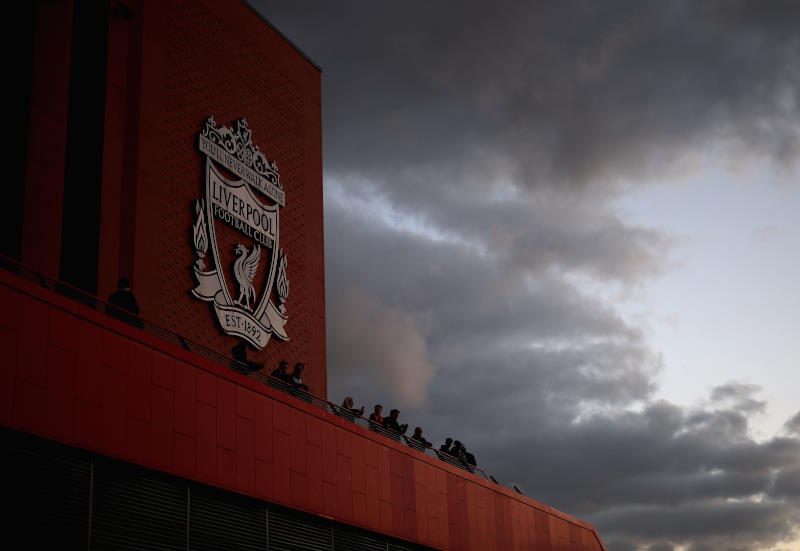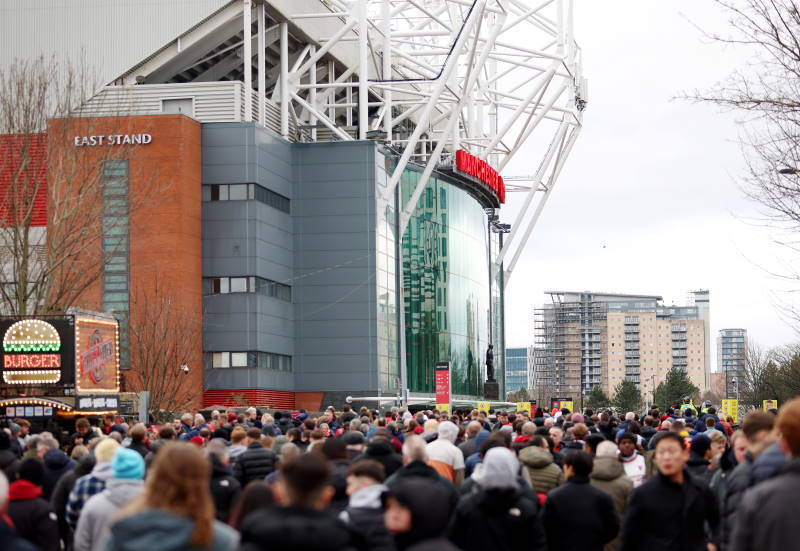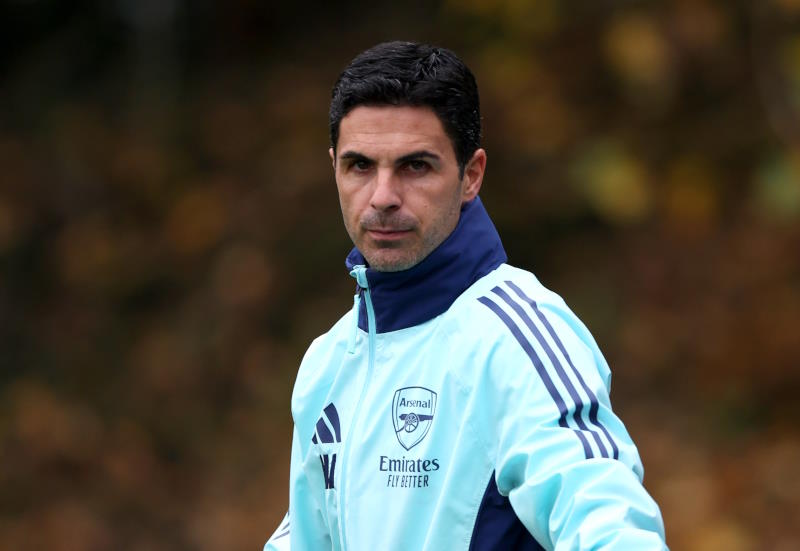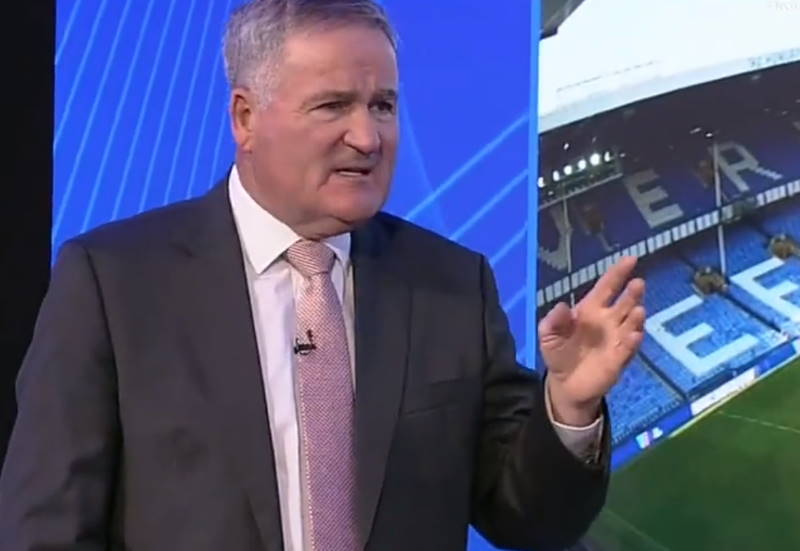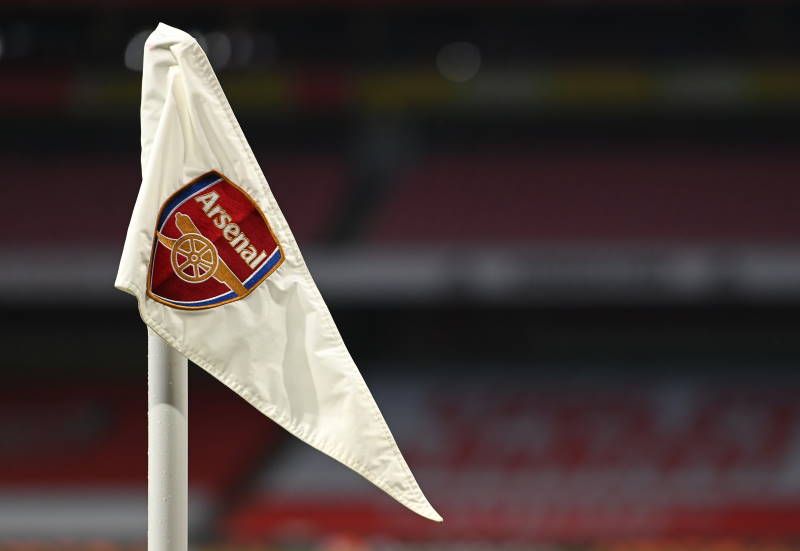
When Andre Villas-Boas arrived at Chelsea last summer, revolution was in the air. Buoyed by an unbeaten league season at FC Porto and armed with an audacious master plan, it seemed some legendary heads were going to roll at Stamford Bridge as a younger side came through.
As it turned out, the old guard did not take kindly to this attempted insurrection, and after a disastrous run of results they were once again entrusted with key roles. And as desperate times call for desperate measures, up stepped assistant manager Roberto Di Matteo – a club legend for his FA Cup heroics as a player, but sacked last season by West Bromwich Albion and overlooked by a moribund Birmingham City – to try and salvage the situation.
Out of this crisis, Chelsea have surged to the verge of glory, scooping another FA Cup (last won in 2010 when Guus Hiddink was the interim manager) and emulating the 2007/08 season, when under caretaker coach Avram Grant they improbably reached the Champions League final they craved. Di Matteo has restored players exiled to the fringes, adopted a more collegiate approach and adapted the tactics, bringing the best out of a disaffected Frank Lampard, a disinterested Salomon Kalou and, most importantly, a disillusioned Fernando Torres.
The key to Torres’ return to form, the most dramatic effect of the revival, has not been Di Matteo’s more personal handling of him compared to Villas-Boas’ more stern stance, but the new role that Juan Mata has played in the side. Having finally been granted the central spot in the hole behind the line-leading striker, Mata’s vision and versatile skills have added another dimension to the Jose Mourinho template long followed at Stamford Bridge. Fitted into a modern 4-2-3-1 system, with wingers who track back, overlapping full-backs and a box-to-box engine alongside a defensive enforcer in central midfield, Mata’s turn as trequartista has revolutionised Torres’ tortuous season.
4-2-3-1 works because of its flexibility – it can be 4-5-1 in the hands of a defensive manager or a side holding onto a lead, but it can also easily slip into a 4-3-3, a 4-2-4 or other offensive permutations if the need arises (in more extreme cases, with adventurous full-backs who operate as auxiliary wingers and defensive midfielders aiding the centre-backs by dropping deeper to form a back three, it can resemble a return to the 2-3-5 systems of old).
With top-quality forwards at a premium, only super-rich clubs like Manchester City, AC Milan, Real Madrid and Barcelona able to afford a large stable of thoroughbred finishers, and in conjunction with the tactical shift to lone strikers in the last decade, this has meant that many clubs have reduced their striking departments. Yet, conversely, this has also seen a growing reliance among such teams on their chief goalscorer.
It is noticeable how, even beyond the freakish goalscoring feats of Cristiano Ronaldo and Lionel Messi, a lot of sides have strikers scoring at unusually high rates – from Arsenal’s Robin van Persie to Mario Gomez of Bayern Munich, Klaas-Jan Huntelaar at Schalke and Radamel Falcao at Atletico Madrid, several sides have forwards in the form of their lives.
The chief reason for this lies in the 4-2-3-1, when the one up top often becomes the focal point for all attacks – while midfielders meander and maraud around packed defences with fleet-footed fluidity, the modern target man has evolved from the giant number 9 dealing with knock-ons and vertical long-balls to a more multi-faceted finisher. Less like an Alan Shearer-style battering ram or a Gary Lineker-esque goal-hanger, the new striker can instigate attacks in a variety of ways, not just flicking on for a midfield runner – even the more traditional line-leaders such as Gomez and Huntelaar are well-versed in the technical aspects associated with the current German and Dutch international sides, and Torres’ classical goalscoring instincts did not detract from his technical synergy with his Spanish team-mates.
The fashion for totemic lone rangers, especially in club football, can arguably be drawn back to the successes of both of Chelsea’s main attackers. Drogba thrived in a 4-3-3 where he bullied opposing centre-halves and acted as the target for two wingers, with Frank Lampard running into the box to sweep home any loose balls. With Torres being more mobile than the Ivorian, and having played in Liverpool and Spain sides with less natural width, his role was different, running the channels more often and being less reliant on aerial duels; but this was traded with an increase in penetrative through-balls for the quicksilver striker to feed on.
Indeed, Torres’ keynote successes were fuelled through deep-lying playmakers (Xavi or Xabi Alonso) combining with attacking midfielders (Andres Iniesta, David Silva and Steven Gerrard) and forwards coming from further behind towards the flanks (David Villa or Dirk Kuyt) to provide the ammunition for this deadliest of predators to pounce – able to score from headers, tap-ins and spectacular strikes, Torres was long held up alongside Drogba as the archetypal modern forward.
Such high praise has died down considerably, since Torres’ struggles with both Liverpool and Spain dented the Spaniard’s confidence, while Barcelona’s tiki-taka triumphs saw more nimble forwards like Villa and Sergio Aguero, Torres’ successor at Atletico Madrid, come to the fore. However, the new Chelsea formation once again plays to his strengths, with Mata prompting play centrally rather than unsuccessfully masquerading as a winger, Ramires working space through his tireless running and Lampard rolling back the years as an Andrea Pirlo-style deep-lying playmaker (always a more understated player than Gerrard, Lampard’s ageing has seen him emulate Paul Scholes’ shift from goalscoring midfield engine to withdrawn creative fulcrum).
Following this tactical tweak, Torres has turned in a series of scintillating performances, regaining the sharp-shooting of old and displaying a hitherto unknown aptitude on the wing – he may not yet be the fearsome pre-2010 forward he once was, but the recovery could earn a recall to the national squad and restore his reputation among the top rank of modern strikers.
Ironically, this blueprint is probably that which Villas-Boas would have envisaged had he succeeded in signing Luka Modric from Tottenham Hotspur in the summer, and only the failure of his attempted revolution allowed the evolution in Chelsea’s playing style to be successful. Di Matteo tempered the ideological shift with pragmatism, but the change to a proper post-Mourinho style is still noticeable, and with the club liable to sign a dedicated playmaker in the summer, as well as bolstering their options at full-back and on the wings, it is only likely to increase as age finally catches up with the veterans of Chelsea’s golden era. The pugnacious Portuguese coach may well have revived the ageing regime with his Stamford Bridge putsch – perversely, though, at the cost of his own job.




